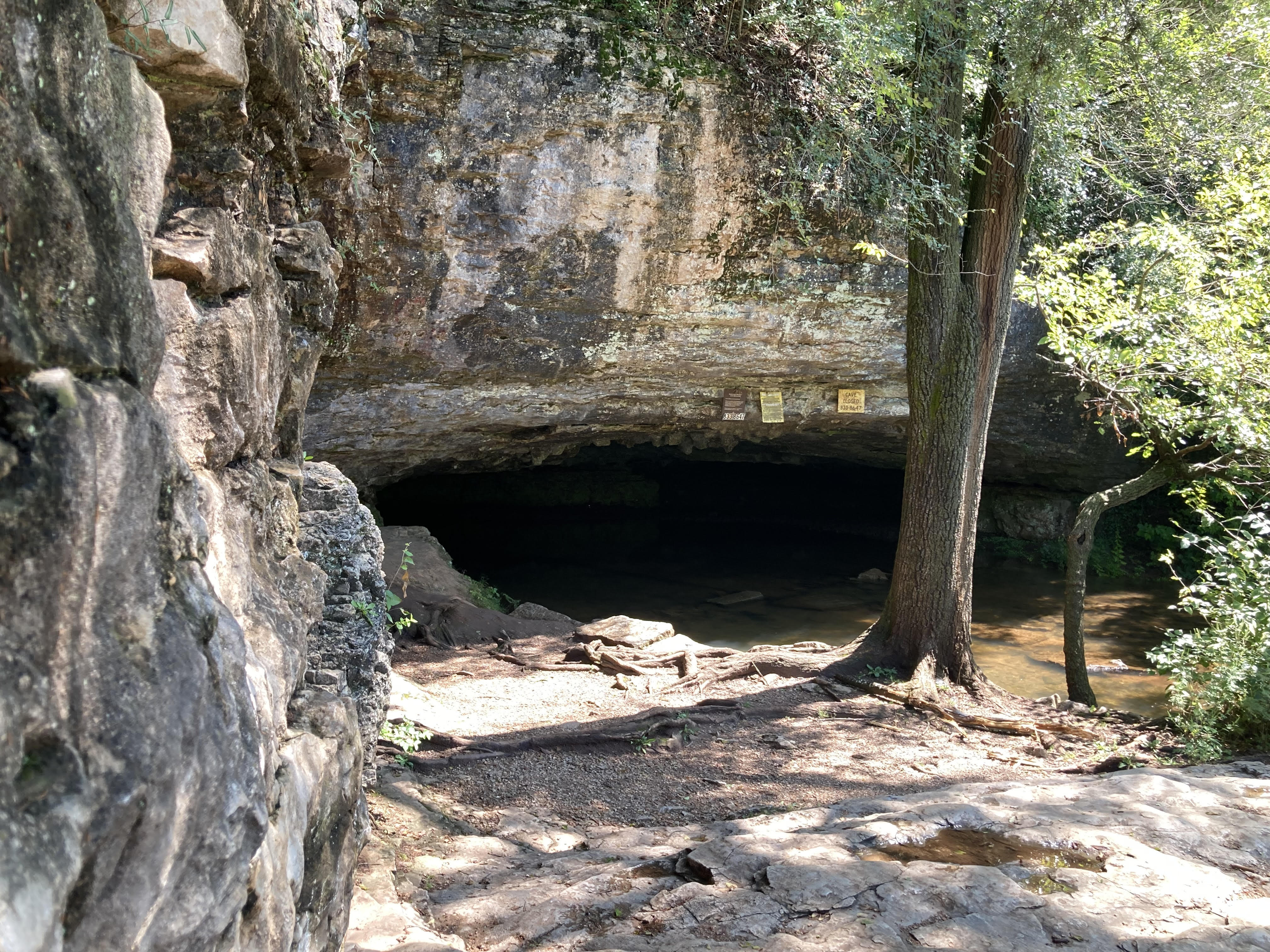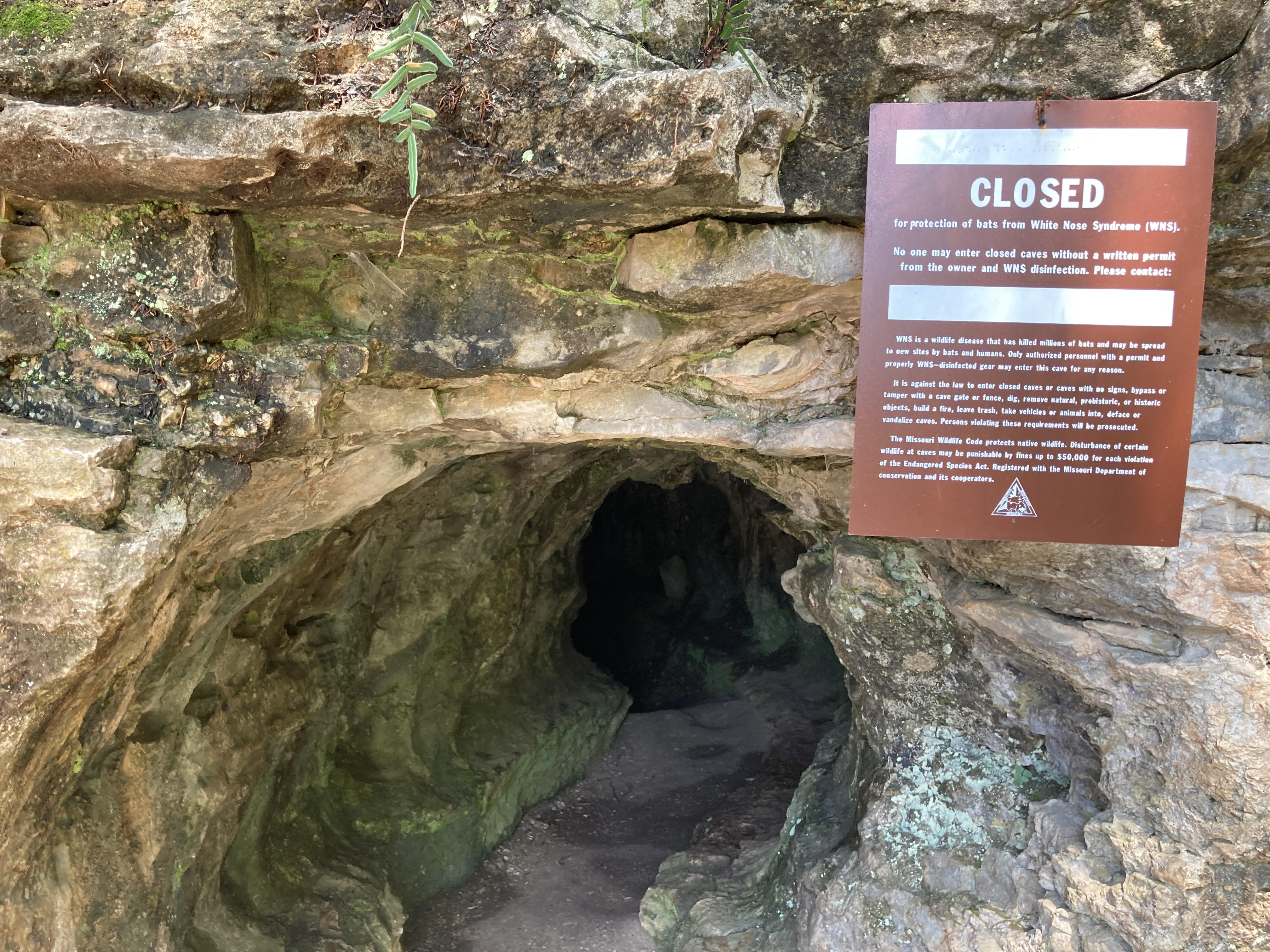Bats might seem creepy, but Springfield residents have good reason to thank them.
As the sun sets during late summer evenings, thousands of endangered gray bats will stream out of Sequiota Cave, ridding Springfield skies of up to a million flying insects each night.
That's a lot of mosquitoes, moths and other flying critters no longer around to bother us.
On Sept. 9 the Springfield-Greene County Park Board will have the first of three educational bat-watching opportunities, narrated by a park employee from the mouth of Sequiota Park cave.

The free bat flight programs for all ages begin at 7 p.m. on Sept. 9, 16 and 23 and no registration is needed. Meet at the cave entrance.
On Sept. 15 the Park Board will also have a family-oriented Storytime Bat Flight event from 6:30-7:30 p.m. for ages 4 and up (ages 4-13 with an adult) to learn about the bats and have a small campfire and s'mores treats.
Registration is required (call 417-833-8647 by the day of the program), and there's a $5 fee per family.
“There are about 4,000 gray bats in the cave and a few tri-colored bats,” said Justin Smith, supervisor of the Park Board's Outdoor Initiatives program. “We haven't seen a decline in their numbers in the seven years I've been here. The evening bat flights are about the same.”

Bat flight at Sequiota Park cave
Gray bats begin migrating to Sequiota Cave in March and fly out nightly to eat insects until they return to their wintertime roosting cave in November, about 100 miles away from Springfield, Smith said.
The Sequiota Cave bats fly out as far as the Battlefield Mall to eat insects attracted to parking lot lights, Smith said. In the past, a team of Missouri State University researchers has strung fine-mesh netting in front of Sequiota Cave to gently catch bats and record what kind they are and their condition.
The bats are then released unharmed.
Smith said that so far the gray bats in Sequiota Cave don't appear to be affected by White Nose Syndrome, a fungus that can be lethal to bats. White Nose Syndrome has decimated bat populations elsewhere in the country.

Smith reminded Sequiota Park visitors that the big cave is closed to humans because of the presence of endangered gray bats. But the 15-minute bat flight program will let visitors see the bats fairly closely as the tiny flying mammals zoom by on their way to finding their dinner.
In March, before the bats arrive, the Park Board typically offers boat and kayak tours where visitors can paddle upstream inside the cave to see the cave features. Dates and times will be announced on the Park Board website.
Sequiota Park is located at 3500 Lone Pine Avenue in Springfield.


